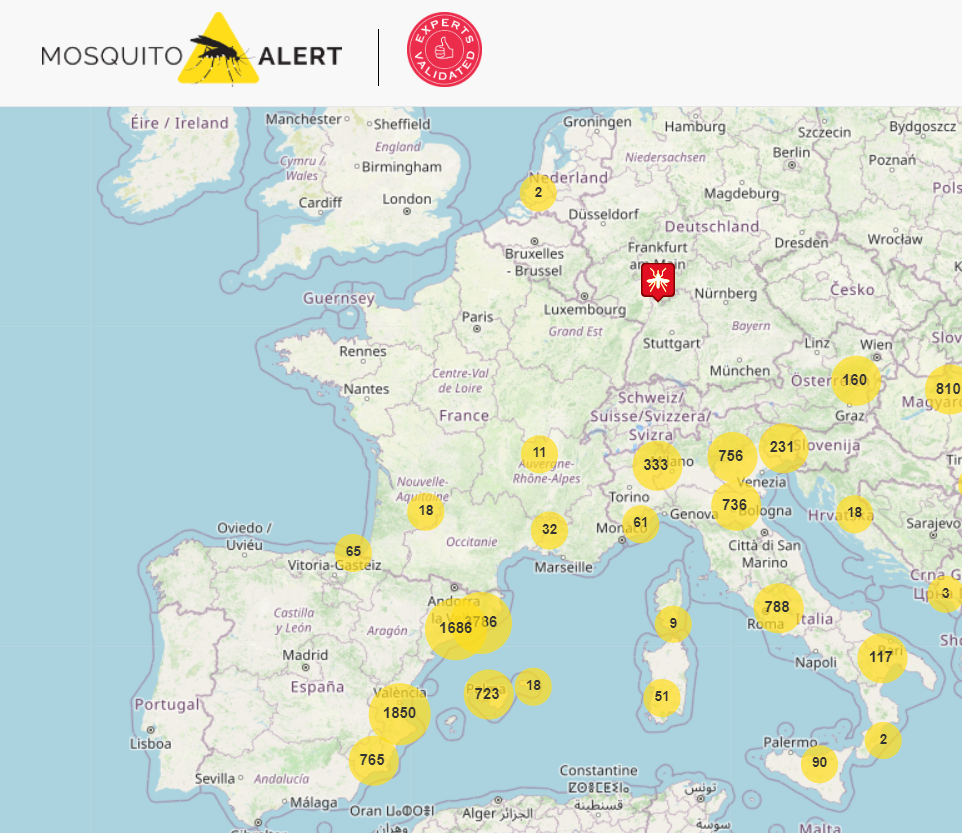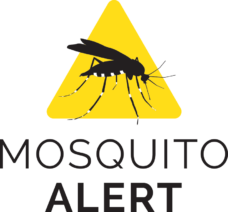On our citizen science platform (and many others), data, once validated by experts, is displayed on a public map. The ECDC (European Centre for Disease Prevention and Control) also publishes mosquito maps, in this case, generated from expert data. In order for you to carry out any research generating new data or using existing data, it will be essential to have an expert in it.
![]() Explore the Mosquito Alert map and find the following information through the internet:
Explore the Mosquito Alert map and find the following information through the internet:
- Advantages of approaching a project through citizen science.
- The categories or types of projects that exist in citizen science according to the tasks that citizens carry out.
- What are the differences between a citizen science project and a science project with volunteers?
- The main characteristics that define science.
- What the scientific method consists of and how it has evolved?
We recommend that you take notes in a notebook and make sure that the sites you get the information from are trustworthy.

- Explore the Mosquito Alert map and export data (Source: Mosquito Alert)
- Summary of searchable information
- Export data
- Share data
- Create your own projects
- Map of Mosquito Alert (Source: Mosquito Alert)
- Analyze the elements of the legend
- Test the filters available on the map
- Explore the download tools
- What do I need to send a data? (Source: Mosquito Alert)
- Validation process (Source: Mosquito Alert)
- How artificial intelligence helps in the process of mosquitoes pictures validation (Source: UPF)
- Mosquito maps from the European Centre for Disease Prevention and Control (Source: ECDC)
- Note: The site has an automatic translation system in several languages!
- The art of catching mosquitoes; the other way for scientists to know where they are

